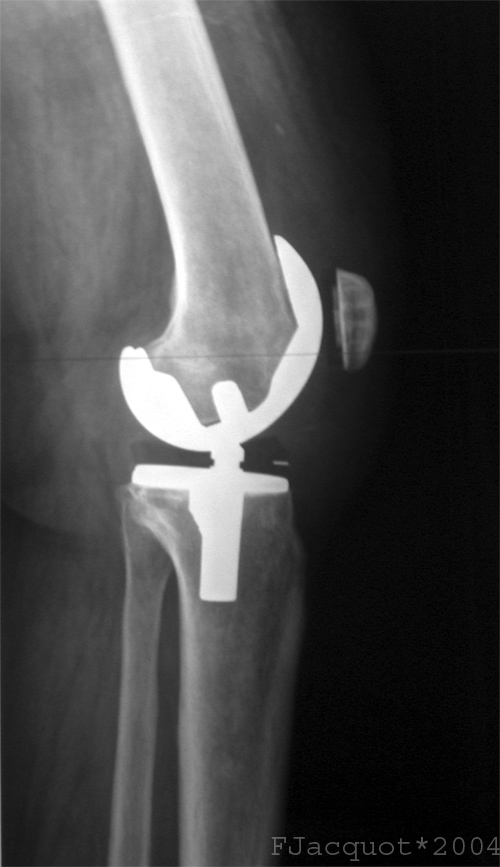Total joint replacement surgery can help relieve chronic joint pain and improve mobility. For orthopedists, recognizing when joint replacement surgery is needed is key for successful treatment. Here is some information about key conditions and symptoms that may indicate the need for joint replacement, helping you make informed treatment decisions.
Recognizing Osteoarthritis in Patients
Osteoarthritis is one of the most common reasons people undergo total joint replacement surgery. This degenerative condition develops when the protective cartilage that cushions the ends of bones gradually wears away over time. Without this cartilage, bones rub against each other, causing pain and restricting movement. Osteoarthritis is often linked to aging, but other factors, such as joint injuries, obesity, and repetitive stress from certain activities, can contribute to its development.
Patients with osteoarthritis often experience a range of symptoms. These include pain during movement and stiffness after periods of inactivity. Many also report creaking or cracking sounds, tenderness when the joint is touched, and swelling around the affected area. For individuals with persistent symptoms or significantly reduced quality of life, joint replacement surgery may be the best option. It offers improved mobility and long-term relief.
Identifying Joint Abnormalities
Structural abnormalities like hip dysplasia often cause joint damage and misalignment. Hip dysplasia happens when the hip socket is too shallow. This leads to abnormal stress on the joint. Patients with this condition regularly experience groin pain, limited range of motion, or a limp. Over time, untreated joint issues can lead to premature wear and tear. Surgical intervention may be needed to restore the joint’s function and form.
Recognizing Severe Symptoms
Several symptoms may indicate that total joint replacement could be the right option. If you’re experiencing any of the following, it might be beneficial to talk with a medical professional:
- Persistent pain: Pain that doesn’t improve and significantly interferes with daily activities, such as work or hobbies.
- Difficulty with basic functions: Challenges in performing everyday tasks, such as walking, climbing stairs, or getting in and out of a chair.
- Reduced mobility: Limited ability to move or perform activities, even after trying physical therapy or other treatments.
- Joint stiffness: Stiffness that restricts your range of motion, making movement difficult or uncomfortable.
Recognizing these symptoms early can help you and your healthcare provider determine if joint replacement surgery is the right step to improve your quality of life.
Evaluating Non-Surgical Options
While joint replacement offers relief, exploring non-surgical interventions remains relevant in the treatment process. Physical therapy, medications, and lifestyle adjustments may provide adequate symptom management for some cases. Understanding the patient’s overall health, activity levels, and treatment goals guides decisions on whether to pursue surgery or continue alternative treatments.
Delaying surgery in favor of less invasive options can help patients prepare their bodies for better outcomes post-surgery. Strengthening muscles around the joint, maintaining a healthy weight, and improving overall fitness through alternative treatments enhance recovery if surgery is necessary. Exploring non-surgical approaches can sometimes eliminate the need for surgery.
Deciding if Total Joint Replacement is the Right Path
Accurately assessing the signs that point to total joint replacement involves thoughtful evaluation of the patient’s condition, symptoms, and quality of life. Collaboration with patients to understand their experiences and treatment goals encourages a patient-centered approach. Making the right decision can significantly enhance the patient’s mobility and overall well-being.

